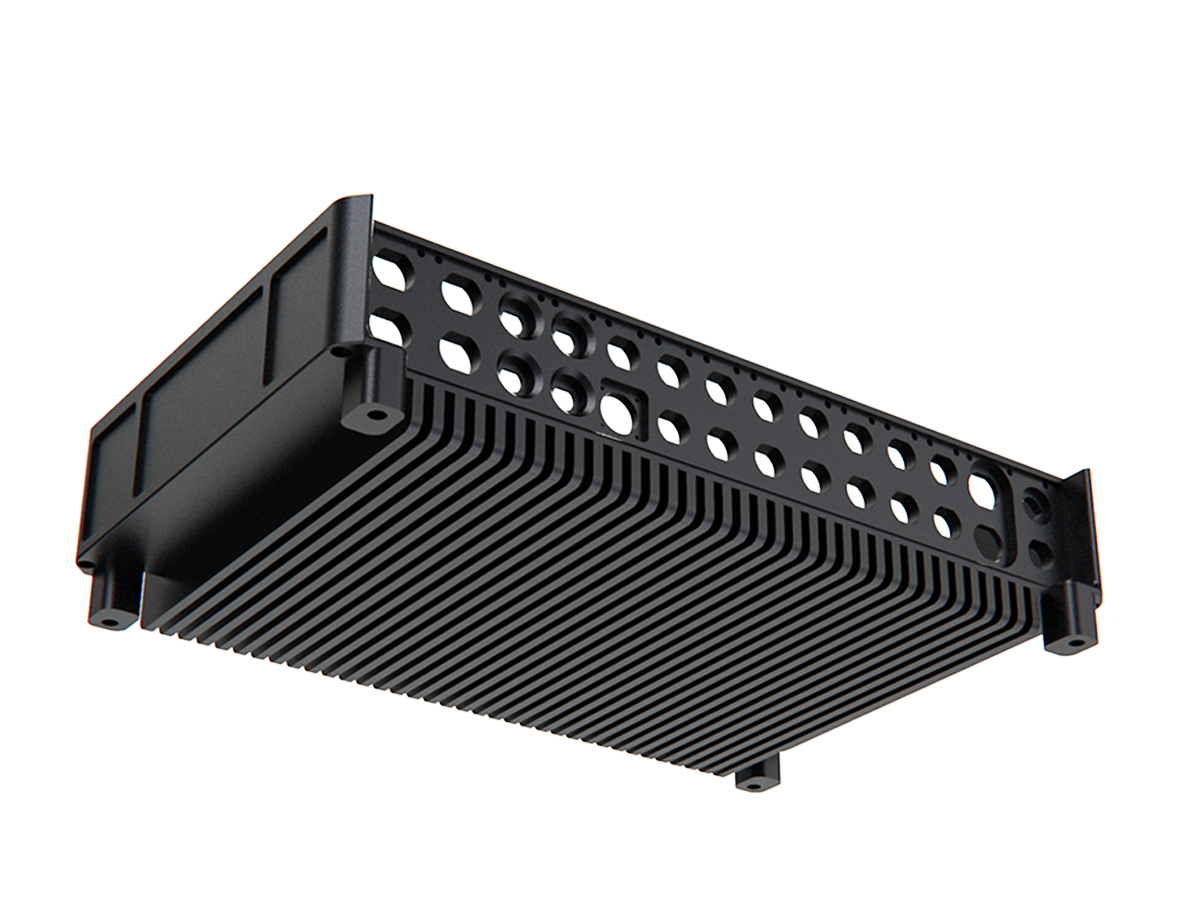深度解析:壳体加强筋设计的关键因素!(壳体强度计算)
编辑:金属外壳天线设计 日期:2024-08-14 12:21 / 人气:
Introduction
In the realm of structural design, the reinforcement of shells stands as a pivotal aspect, wielding considerable influence over the integrity and functionality of diverse constructions. From architectural marvels to industrial machinery, the efficacy of shell reinforcement underscores the confluence of engineering ingenuity and material science. This discourse embarks on a thorough exploration of the key factors governing shell reinforcement design, shedding light on its intricacies and imperatives.

Material Selection
The cornerstone of any shell reinforcement endeavor lies in meticulous material selection. Factors such as tensile strength, elasticity, and corrosion resistance weigh heavily in this decision-making process. Composite materials, revered for their high strength-to-weight ratio, often emerge as prime contenders. From carbon fiber composites to fiberglass, the array of options caters to diverse operational exigencies, ensuring optimal performance across varied environments.
Structural Analysis
Preceding the implementation of reinforcement measures, a comprehensive structural analysis is indispensable. Finite Element Analysis (FEA) emerges as a linchpin in this regard, facilitating the simulation of real-world stress scenarios. By scrutinizing load distributions, deflection patterns, and failure modes, engineers glean invaluable insights instrumental in devising targeted reinforcement strategies.
Integration of Reinforcement Mechanisms
The integration of reinforcement mechanisms necessitates a judicious fusion of innovation and precision. Whether it entails the incorporation of ribbing, trussing, or lattice structures, the overarching objective remains the fortification of structural integrity without compromising operational efficiency. Each mechanism is tailored to the unique demands of the application, engendering a symbiotic relationship between form and function.
Quality Assurance Protocols
Amidst the pursuit of robust reinforcement, stringent quality assurance protocols stand as a bulwark against subpar outcomes. Non-destructive testing methodologies, such as ultrasonic testing and radiography, assume prominence in this domain, facilitating the detection of flaws and irregularities. By upholding exacting standards throughout the fabrication and assembly phases, stakeholders mitigate the risk of structural compromise, fostering longevity and reliability.
Environmental Considerations
In an era underscored by environmental consciousness, the selection and application of reinforcement materials are inexorably tethered to sustainability imperatives. Biodegradable polymers, recyclable composites, and eco-friendly coatings exemplify the vanguard of environmentally responsible design practices. By prioritizing eco-conscious solutions, stakeholders not only mitigate ecological footprints but also align with burgeoning regulatory frameworks.
Conclusion
In summation, the reinforcement of shells represents a multifaceted endeavor underscored by a confluence of material science, structural engineering, and environmental stewardship. By discerningly navigating the labyrinth of material selection, structural analysis, and quality assurance, stakeholders engender structures fortified against the vicissitudes of time and adversity. Embracing innovation while upholding sustainability imperatives, the evolution of shell reinforcement epitomizes the triumph of human ingenuity in forging a resilient built environment.
--------------------------------------------------------------------------------《产品外壳设计案例请点击》
以上行业经验是由深圳捷百瑞科技有限公司资深工业ID设计师分享,这是一家专注于整合设计的机构,涵盖产品策略与研究、工业创新设计、结构设计、工艺设计、品牌设计、用户体验设计、生产供应整合等业务,旨在为不同行业的客户提供多样化的设计解决方案。(文章来自https://www.jbairui.cn 欢迎咨询!
内容搜索 Related Stories
推荐内容 Recommended
- 电子产品外壳设计的人机工程学原理08-28
- 原创灵感!打造独一无二的手机壳设计!08-28
- 无懈可击的外壳防水设计(防水外壳怎么设计)08-28
- 工业机械外壳设计最新技术应用(工业机械外壳设计最新技术应用论文)08-28
- 创意无限:外型设计师的灵感激荡(创意无限的上一句)08-28


